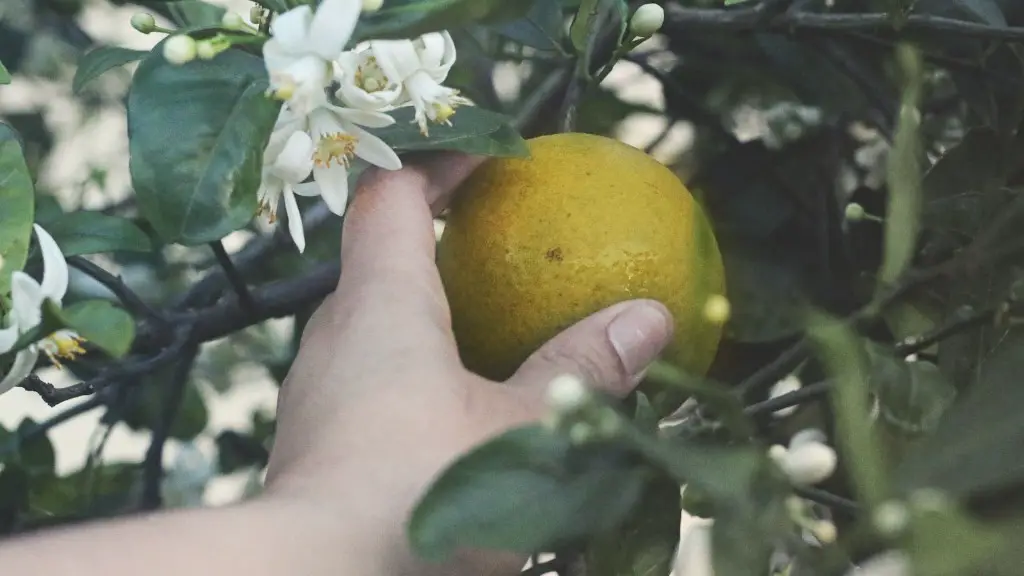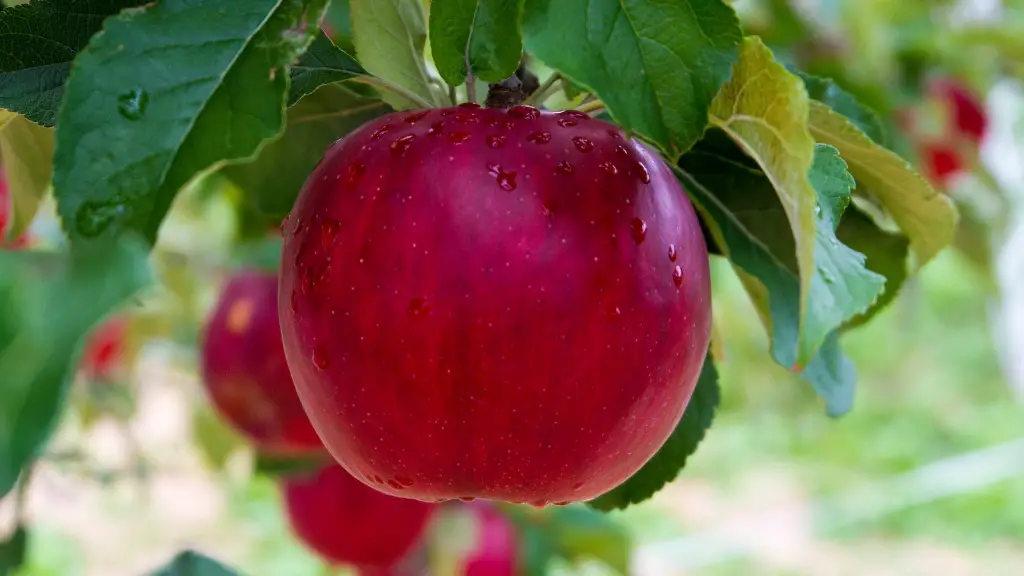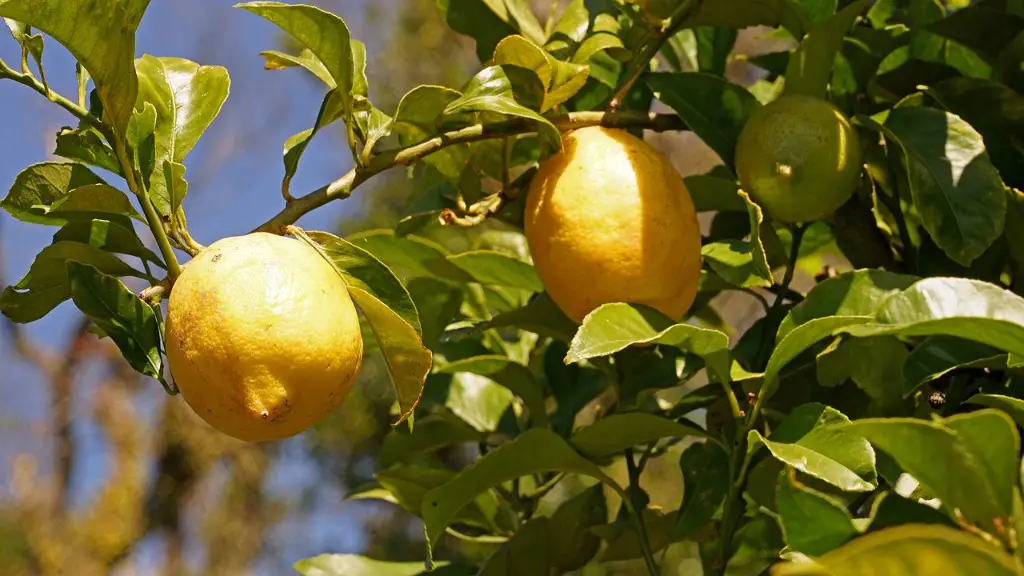Gardeners have treasured lemon trees for centuries, but it wasn’t until fairly recently that techniques were developed to propagate new lemon trees from cuttings. Propagating lemon trees from cuttings allows you to grow new lemon trees with a known history. The technique isn’t difficult, but there are a few key tips to keep in mind.
The first step in propagating a lemon tree from cuttings is to select sturdy, healthy cuttings from a mature lemon tree. Select branches that have several accessory buds and one dominant bud, as this will make it easier for the cuttings to take root. Make your cut from the branch at a 45-degree angle, and make sure the cutting is two to four inches (five to ten centimeters) long. Cut the branch just below a node, which is a thicker part of the branch where leaves grew.
To give the cuttings the best chance of survival, you should “harden off” the branches before attempting to propagate them. To harden off a branch, place it in a sheltered location with indirect sunlight and other environmental conditions similar to the tree it came from. Moisten the soil occasionally, and the cuttings should be hardened off in six to eight weeks.
Once the branches have been hardened off, you can create a rooting mix of equal parts moistened peat moss, perlite, and sand. Some gardeners prefer to use a powdered rooting hormone, although this isn’t strictly necessary. Create a planting bed in a pot or container, and then insert your cuttings into the mix, making sure the bud is underneath the soil.
Keep the soil moist, and make sure the cuttings are not exposed to direct sunlight. Temperatures should remain above 60F (15C) during the day, so a shaded location is the best choice. You may choose to cover the container with plastic wrap to keep humidity high around the cuttings.
The last tip to propagate a successful lemon tree from cuttings is to provide gentle fertilization. A weak fertilizer mix of 10-10-10 with nitrogen should be applied to the soil every week or two until the cuttings are established and new leaves are developing. Once new leaves develop, the fertilization schedule can be reduced to once every month.
Additional Tips for Propagating Lemon Trees
After the lemon cuttings are planted, monitoring the progress of your cuttings is essential. The most common problems that arise when propagating lemon trees from cuttings are problems caused by over and under watering. Keeping the soil evenly moist will provide the best chance of success. If you see wilting leaves, increase the watering schedule while making sure not to overwater.
After the lemon cuttings have grown and developed new sets of leaves, you can repot the plant into a larger container. This will give the roots more space to grow and develop, allowing the tree to thrive. Lemon trees need a lot of space to spread out their roots, so make sure to get a pot that’s large enough to support the full size of the tree.
Lemon trees also thrive when they’re grown in light, well-draining soil. If the soil is too heavy, it may not drain as well and can lead to root rot. The best mix for lemon trees consists of two parts potting soil, one part sand, and one part perlite. This mix is light and airy, which will allow for great drainage and will provide the best chance of success.
Finally, regular pruning is necessary to ensure vigorous growth and the development of a strong root system. Prune the branches that start to become spindly or grow too tall, and pay attention to the beginnings of suckers, or shoots that grow from the bottom of the tree, just above the main trunk. Pruning back these spindly and sucker growths will keep your lemon tree healthy and in good shape.
Protection From Insects and Other Pests
When propagating lemon trees from cuttings, another important step to consider is protecting your new trees from insects and other pests. The most common pest that affects lemon trees is the citrus mealybug, a small, grayish-white insect that feeds on the leaves and stems. Applying an insecticide designed to control mealybugs can help provide protection from these pests.
In addition to mealybugs, it’s important to also keep an eye out for scale, which are small, pear-shaped insects that attach themselves to branches and stems. These insects often go undetected, as they remain motionless on the tree and do not cause any damage to the leaves. However, their sticky residue can damage the leaves and stems if left untreated, so it’s important to check for them regularly.
Finally, it’s important to be aware of citrus plant diseases that can affect your lemon tree. While propagating a lemon tree from cuttings doesn’t guarantee that the tree will be disease free, it’s important to keep an eye out for telltale signs of shothole, fungal leaf spots, and root rot. If you’re unable to reverse the damage caused by these diseases, the only option is to remove the tree and start again.
Supporting the Root System
During the propagation process, supporting the lemon tree’s root system is paramount for success. When propagating lemon trees from cuttings, the rooting of the cuttings happens quickly, and the root system needs to be able to reach out into the soil to support the new tree. Make sure you create a planting bed that has plenty of room for the roots to spread out and dig deep into the soil.
When it comes time to repot the lemon tree, choosing the right pot is essential. Not only should the pot be large enough to accommodate the root system, but it should also be unglazed to allow water to evaporate more quickly. Glazed pots will retain too much moisture and can quickly lead to problems such as root rot.
Finally, it’s important to choose the correct type of potting soil for your lemon tree. A good potting soil should consist of compost, peat moss, and perlite. This type of soil will allow for good drainage, air circulation, and support for the lemon tree’s root system. It’s also important to choose a potting soil that is nutrient-rich, as lemon trees are heavy feeders and need plenty of nourishment.
Staking and Tying
Growing lemon trees in pots or containers can present an issue with strong winds, as the tree can easily be blown over, causing damage to its root system. To minimize this risk, it’s important to stake your lemon tree by tying it to larger trees, stakes, or other supports. This will help reduce the stress caused by the wind and will help keep your lemon tree upright.
In addition to providing support, choosing the right tie material is also important. The most common type of tie material is garden twine, but it’s important to choose a material that will not damage the tree. Coir, a type of natural fiber made from coconut husks, is a good choice for tying and staking your lemon tree. Coir ties are stronger and are not as likely to cause damage to the bark of the tree.
Finally, if possible, it’s important to place the lemon tree in an area that is protected from strong winds. A south-facing location with plenty of direct sunlight and sheltered from strong winds will provide your lemon tree with the best environment possible and will help ensure optimal health and growth.




